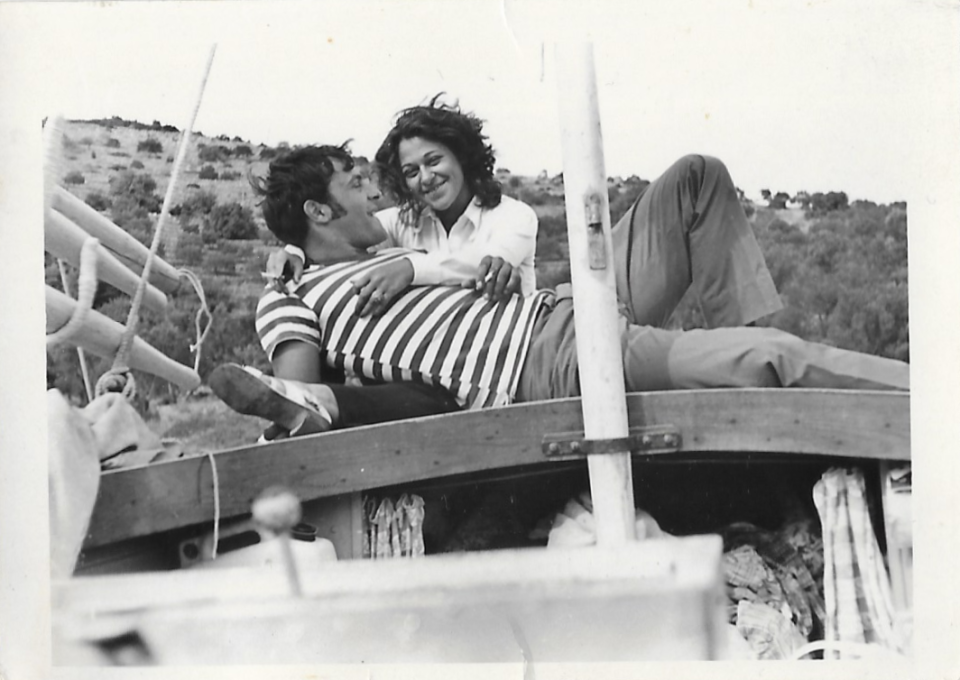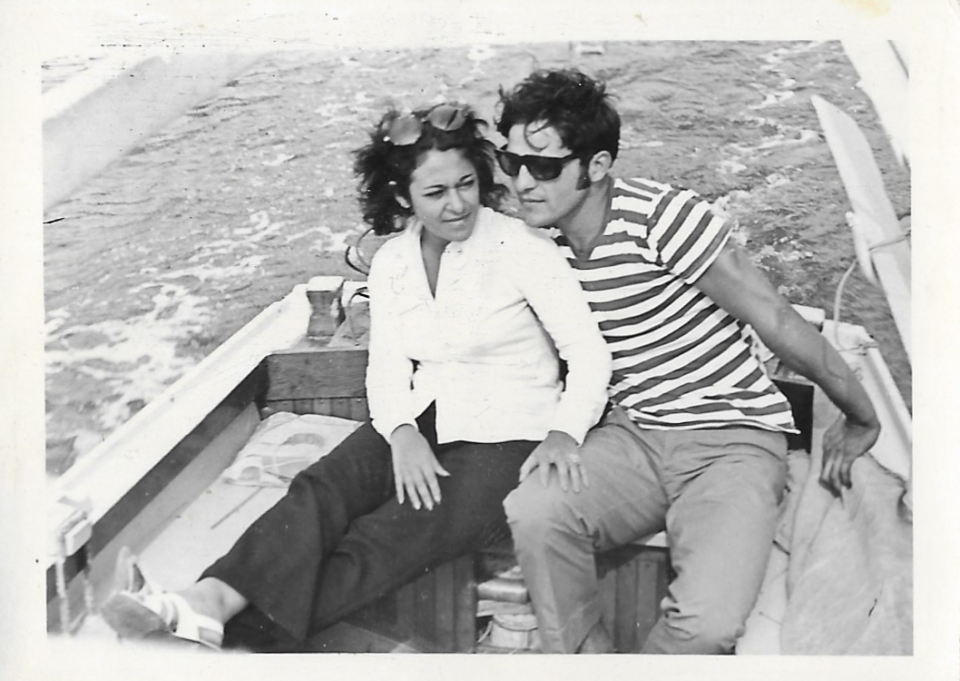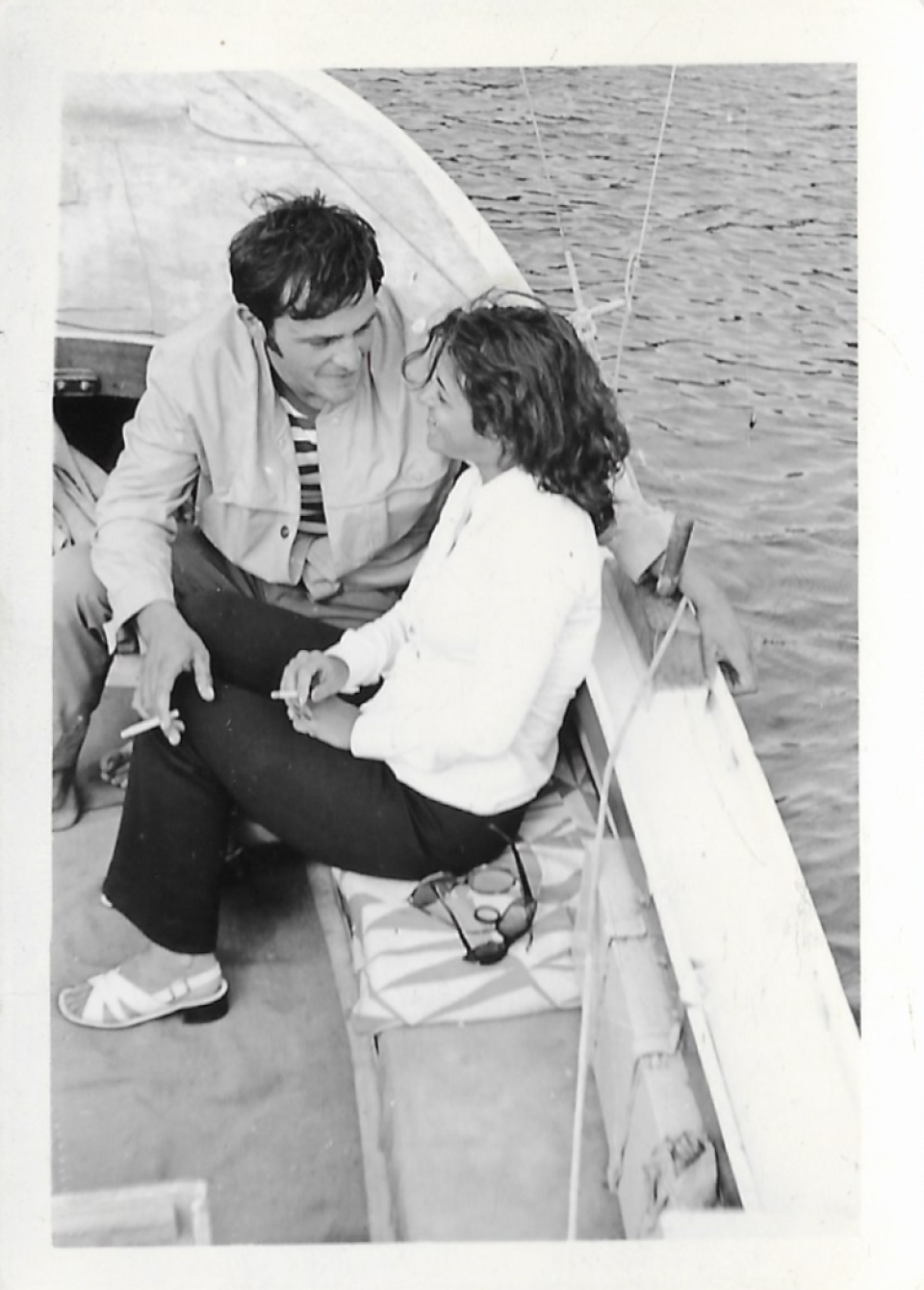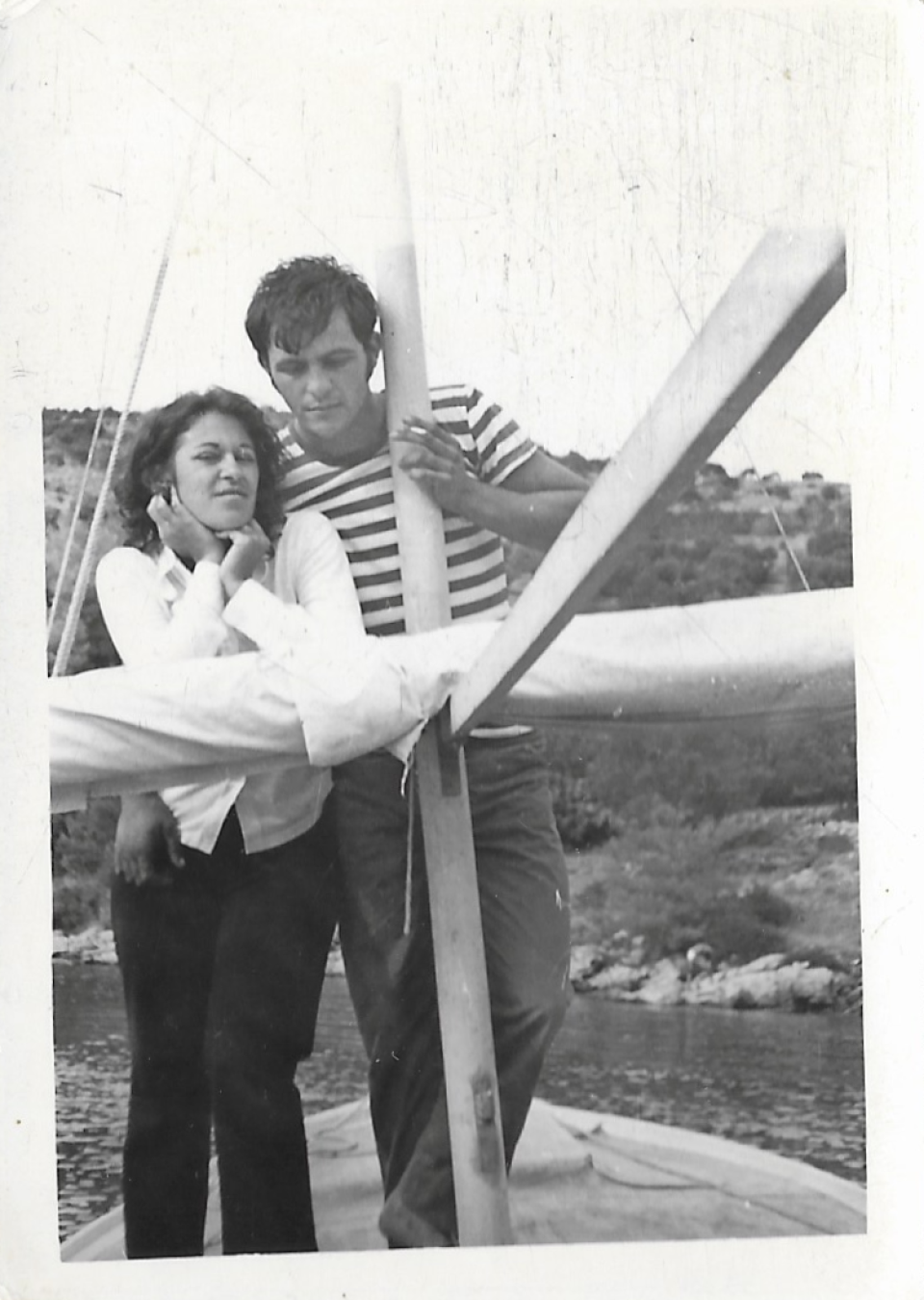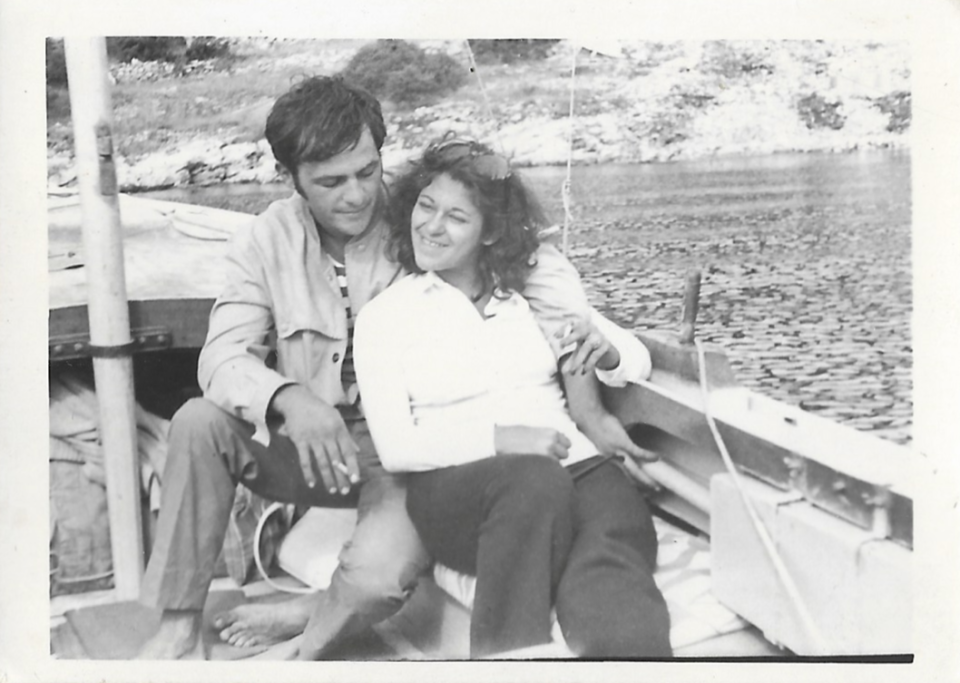Stichting Historisch Charlois
Clem Edwards & Alexander Iezzi, Jelena Novak
28. – 30.03.2025
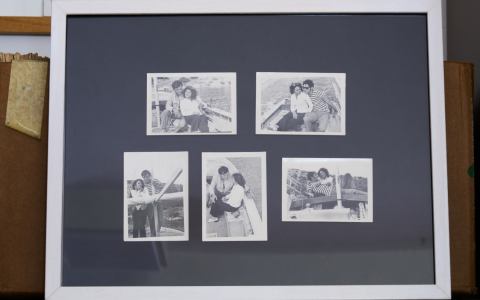

Jelena Novak, Love Songs, 1972–2025. Photo: Philip Graysc
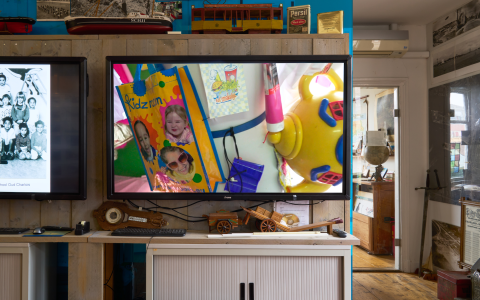

Clem Edwards & Alexander Iezzi, Femke Hears a Who, 2019, 10 minutes. Photo: Philip Graysc
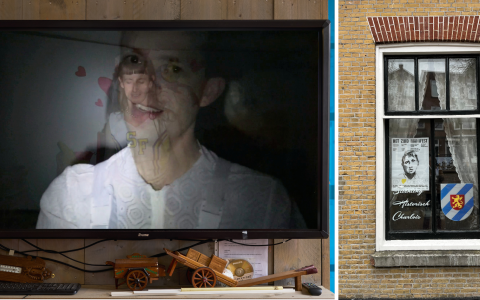

Left: Clem Edwards & Alexander Iezzi, Femke Hears a Who, 2019, Photo: Philip Graysc. Right: Stichting Histoisch Charlois. Photo: Frans Parthesius
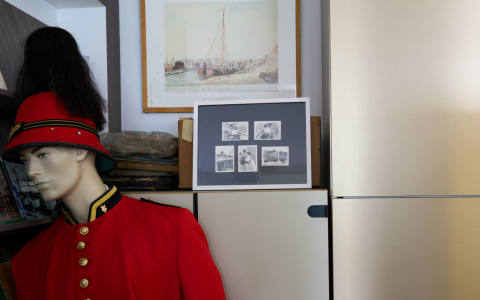

Jelena Novak, Love Songs, 1972–2025. Photo: Philip Graysc
At Stichting Historisch Charlois, a local photography archive in existence since 1994, Het Zuid Manifest presented a film by Clem Edwards and Alexander Iezzi and photographs by Jelena Novak.
The film Femke Hears a Who follows Femke from Brabant as they navigate life in Rotterdam, accumulating fragments of memories and encounters like a magnet. The film offers a critical perspective on identity formation and at the same time is a kind of time document of Rotterdam South, as distinctive places like Zuidplein and thrift stores in the film have changed or no longer exist.
♫ Phil Collins playing in the background ♫
It started with a spilt turmeric latte.
Femke came from Brabant and her dusk-till-dawn was filled with
feverish artistic production.
Between practicing Tic Toc Choc on the harpsichord,
honing her skills in acrylic painting and
trawling the internet for tchotchkes,
Femke spent her spare time at Rotterdam’s most renowned plaza, Zuidplein —
saying hi to Sanne and Suus, shaking hands with Merel and Milou.
She was a people watcher.
But then things got curly —
Femke heard a who.
♫♫
Part of Het Zuid Manifest: I Love Carlos was the presentation of original black-and-white photographs from Jelena Novak’s family archive. These small photographs were exhibited as two separate constellations in two different locations: Love Songs at Stichting Historisch Charlois and Photo Songs in the front window of the security guard booth on the south side of the Maastunnel.
In Love Songs, we see Novak’s parents, who had just met and fallen deeply in love, in the bay of Vela Luka, on the island of Korčula, Yugoslavia, in 1972.
The artist says: “The whispers of my parents, laughter, heartbeats, humming, the sea breeze, the sound of waves, tender words, and the rhythmic pulse of the boat’s engine—all these sounds exist, yet remain inaudible in the photographs, which feel like a kind of love song. Still, the tender words my mother wrote by hand on the back become part of this silent performance. The feeling of falling in love is captured in the image, imbued with sound, endlessly.”
Clem Edwards is a Rotterdam-based artist from Naarm/Melbourne whose work moves between sculpture and writing. Their practice is guided by material kinship, which thinks material beyond extraction and kinship beyond the biological.Their work brings into conversation the possibility of the glittering dream castle and the deep knowing that the Disney story cannot exist without the labour, gender and land conditions that produced it.
Alexander Iezzi is an artist, musician, and performer based between Los Angeles and Berlin. His practice involves the collection and repurposing of objects, sounds, and images to challenge perceptions of politics, identity and the (collective) subconscious. Iezzi reinterprets these materials, exploring news synthesises of violence, religion, and material culture. Through sculptural works incorporating waste, biological matter, and traditional art-making techniques such as pinhole photography, he examines cycles of consumption and transformation.
Jelena Novak is a researcher, lecturer, writer, dramaturg, music critic, editor and curator, working around recent opera, singing and new media, capitalist realism, voice studies and feminine identities in music. Exploring those fields, she focuses on bringing together critical theory and contemporary art. Her most recent books are Postopera: Reinventing the Voice-Body (2015), Operofilia (2018) and Einstein on the Beach: Opera beyond Drama (co-edited with John Richardson, 2019). Recently she collaborated as a dramaturge at the opera in seventeen songs songs Deca (Children) (2022) by Irena Popović at the National Theatre in Belgrade. Currently she works on a book Opera in the Expanded Field and researches about what it means and what it takes to sing beyond human.



